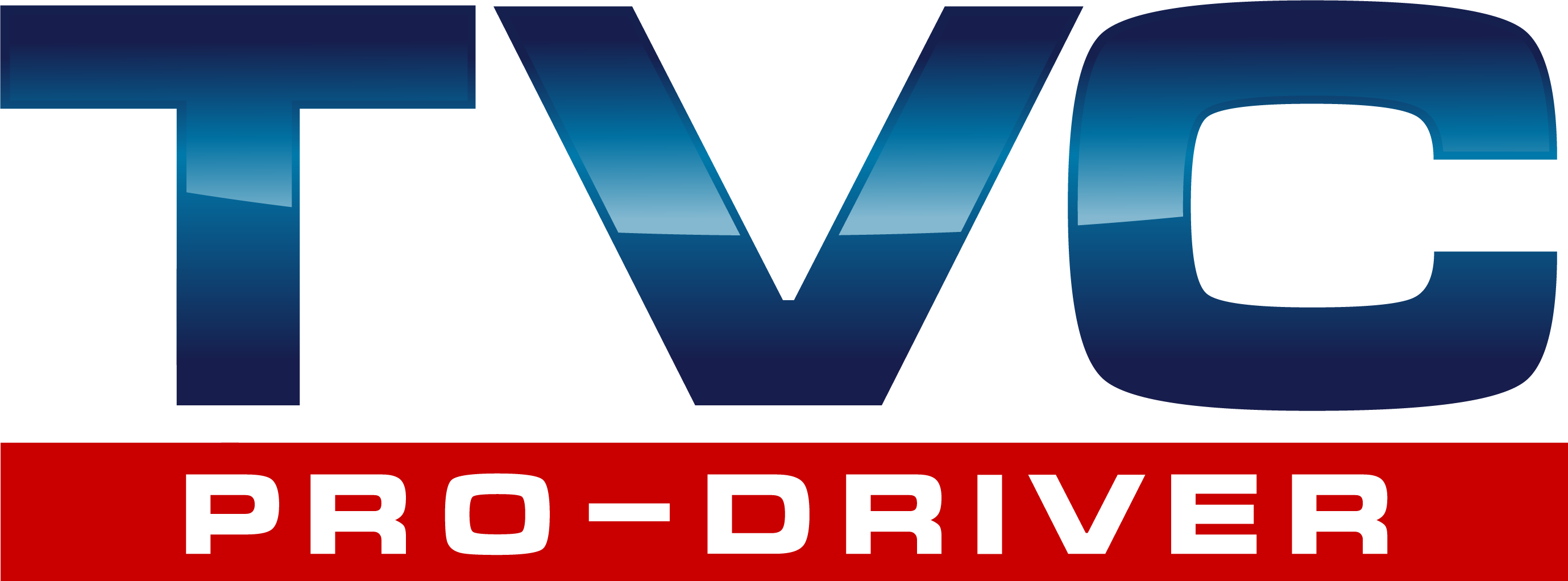
The labor shortage was a trending topic throughout 2022. The American Trucking Associations (ATA) indicated in an October 2022 report that the truck driver shortage would remain a concern for the industry in 2023. With the problem persisting into 2023, retaining top performers could be challenging. In addition, attracting and retaining new talent while avoiding high employee turnover could be equally as difficult. Combat employee turnover with these tips on incentivizing employee retention and implementing easy-to-use technology.
Answering “what is employee turnover” is easy. Understanding driver trends and factors that lead to high turnover could be more challenging. As labor shortages continue, employee retention is more critical now than ever. Also, considering the high number of transportation industry workers approaching retirement age, attracting new talent is equally crucial.
It isn’t all bad news. The trucking industry saw a steadier retention rate in 2022. This positive trend was a result of increasing driver pay. But the challenges will remain persistent in 2023. The ATA estimates that the truck driver shortage will remain near its historical high at nearly 78,000 drivers, “the second highest levels on record after 81,258 in 2021.”
But what leads to high employee turnover? Several factors can contribute—but low employee satisfaction and burnout remain consistent trends among dissatisfied workers.
What causes burnout? Things like inefficient processes and ineffective communication can cause burnout among employees.
How can you improve both of those things? Going digital.
Digital business solutions, including the implementation of transportation management software, could enhance your processes, streamline workflows and improve communication. The use of transportation management software also provides in-depth operational analytics. The data allows business owners to take control of operations, which could reduce unnecessary costs.
Reducing costs leaves more room in the budget for employee incentives. Incentives could include:
- Purchasing new assets
- Wage increases or productivity bonuses
- Sign-on bonuses
- Quality of life workplace improvements
Financial incentives are usually the first thing considered when we think of employee incentives. Rewarding top performers with productivity bonuses and offering competitive compensation could be vital in retaining current employees and attracting new talent.
However, money isn’t the only consideration. Well-compensated employees still experience burnout and boredom. Poor work-life balance, negative sentiment and no growth opportunities could inhibit retention.
The implementation of technology is a critical factor in improving employees’ work-life balance. Automating workflows, improving communication and streamlining tasks with transportation management software could contribute to a well-rounded work-life balance.
Going digital also saves time.
Digital inspections allow drivers to complete and submit forms with a mobile device. With inspections submitted in real-time, the software automatically notifies management when an item fails, allowing the service process to address issues immediately.
When it comes to employee recruitment and retention—there is no blanket solution. Communicating with your employees to determine their needs can be a great place to start. Satisfied employees create stronger workforces and more profitable companies.













